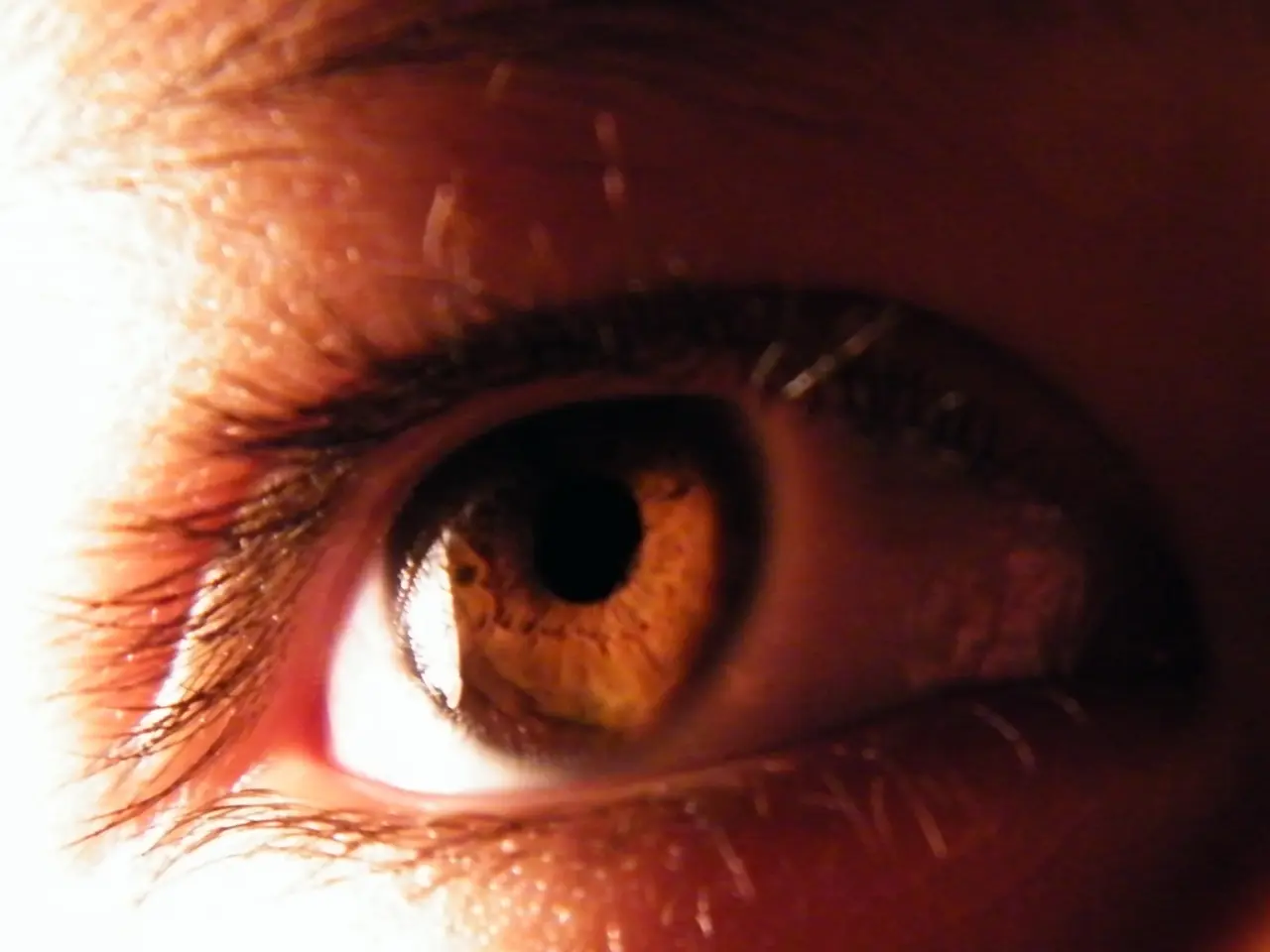Forehead Lumps: Understanding Their Causes and Elimination Methods
Small bumps on the forehead can be a source of concern for many individuals. This article aims to provide a clear overview of the common causes and evidence-based treatments for these bumps.
Causes
Forehead bumps can be caused by various factors. One of the most common culprits is acne, which occurs when hair follicles become blocked due to excessive sebum, dirt, dead skin cells, bacteria, and irritation from hair products. Other causes include milia, sebaceous cysts, contact dermatitis, and seborrheic dermatitis [1][2][3][4].
Treatments
The treatment for small forehead bumps depends on the underlying cause. For acne, regular gentle cleansing, avoiding heavy hair and skincare products, and using non-comedogenic moisturizers and makeup can help. Topical treatments such as benzoyl peroxide and salicylic acid may also be beneficial [1][2].
Milia often resolve without treatment, but professional removal by a dermatologist is recommended to avoid damaging the skin [3]. Sebaceous cysts are usually left alone unless infected or large, in which case medical drainage or removal by a healthcare provider may be necessary [3].
Contact dermatitis can be managed by identifying and avoiding the triggering product, using mild, fragrance-free skincare, and applying topical corticosteroids and antihistamines to reduce inflammation and itching [3]. Seborrheic dermatitis can be treated with medicated shampoos and topical antifungals and mild steroids prescribed by doctors [4].
Preventive Advice
Preventing small forehead bumps involves keeping hair clean and away from the forehead, avoiding touching the face with dirty hands, maintaining hydration, and managing stress through relaxation techniques [1][5].
Additional Considerations
It is essential to note that folliculitis, a skin infection, can cause forehead bumps that look like acne and may have red rings around them. Tretinoin, a type of retinoid cream, is not suitable for use during pregnancy.
If a person has concerns about their skin bumps or any related symptoms, they should speak with a doctor. In severe cases, prescription treatments may be necessary [3]. Cryotherapy is a technique used to freeze and remove certain types of skin growths by destroying the abnormal cells through freezing.
This information synthesizes the most current expert sources as of mid-2025, providing a clear overview of causes and evidence-based treatments for small forehead bumps. It is crucial to seek emergency medical care if a procedure or medical treatment triggers symptoms such as trouble breathing, swallowing, rash or hives, dizziness, confusion, fatigue, headache, hearing loss, buzzing or ringing in the ears, fast breathing, nausea or vomiting, diarrhea, and swelling of the face, throat, tongue, lips, or eyes.
Keeping the skin clean can help prevent pores from becoming blocked and acne from getting worse or returning.
- Science has revealed that acne on the forehead is often due to excessive sebum, dirt, dead skin cells, bacteria, and irritation from hair products.
- For people struggling with ulcerative colitis, such inflammatory bowel disease can sometimes lead to depression and other health-and-wellness issues, not just physical bumps on the forehead.
- Facial cosmetic surgery might be considered for those dealing with persistent acne or other skin conditions, but it's crucial to weigh the risks and benefits, keeping in mind that psoriasis, obstacles in skin-care, and type-diabetes could complicate the healing process.
- A part of a holistic health-and-wellness approach includes practicing fitness-and-exercise routines, which can help manage obesity and reduce stress levels, both of which contribute to the development of acne and other skin conditions.
- Some treatments for small forehead bumps are predictive, such as tretinoin, but it's important to note that pregnant individuals should not use this treatment due to potential risks.
- If a person experiences certain symptoms after a medical procedure or treatment, it's vital to seek emergency medical care, including trouble breathing, swallowing, rash or hives, dizziness, confusion, fatigue, headache, hearing loss, buzzing or ringing in the ears, fast breathing, nausea or vomiting, diarrhea, swelling of the face, throat, tongue, lips, or eyes.
- Staying hydrated and maintaining a consistent skin-care routine, including the use of gentle cleansers, non-comedogenic moisturizers, and facial sunscreen, can help in preventing small forehead bumps from arising or reoccurring.




